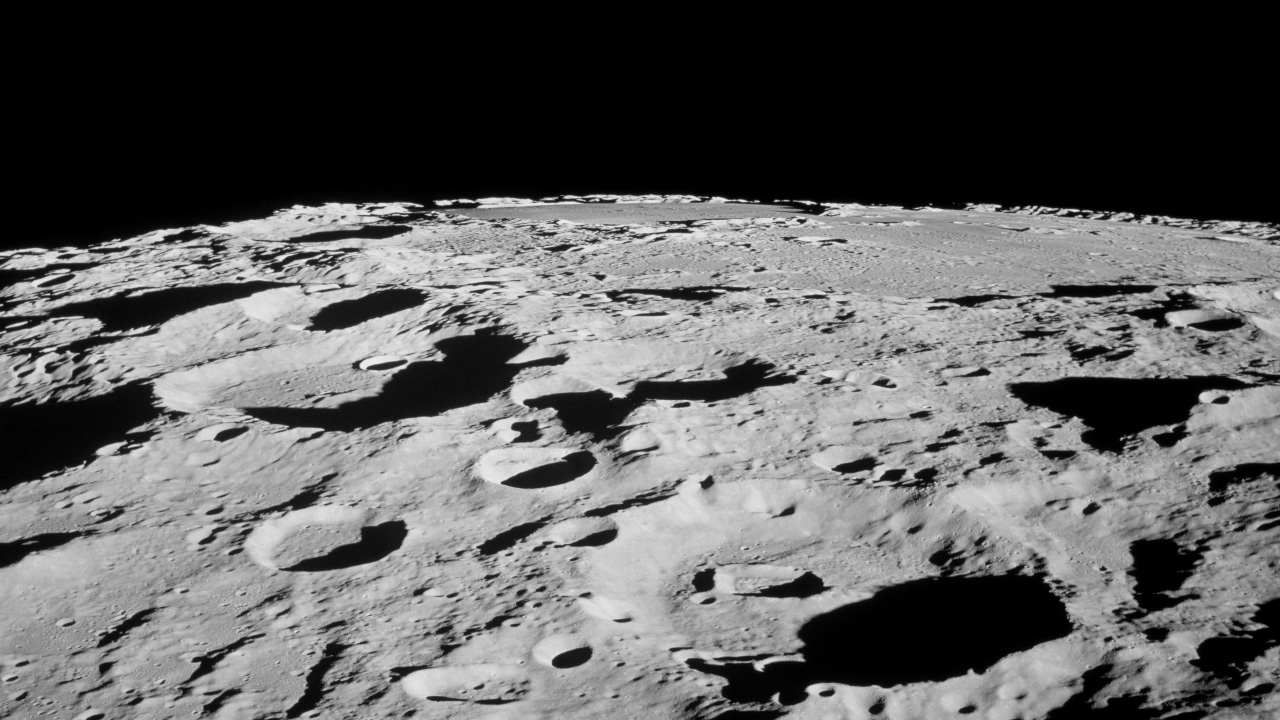Uncategorized
Moonquakes: A New Challenge in Lunar Exploration
The lunar south pole, a region of significant interest in the international space race due to potential water ice, may be less hospitable than previously thought. New research funded by NASA suggests that the moon’s surface, including the south pole area, is prone to seismic phenomena like “moonquakes” and landslides, raising concerns for future lunar missions and settlements.
Seismic Activities on the Moon
The study’s lead author, Thomas R. Watters, explains that as the moon’s core cools and contracts, the surface develops creases, creating moonquakes and landslides. These findings challenge the perception of the moon as a geologically inactive celestial body. Using data from NASA’s Lunar Reconnaissance Orbiter and instruments left by Apollo astronauts, researchers linked a powerful moonquake near the south pole to young faults in the region.
Impact on Lunar Missions
While these findings won’t affect NASA’s Artemis III mission’s landing site selection process, due to the mission’s short duration, they have implications for long-term human presence on the moon. Understanding moonquake frequency and predicting them remains a challenge. The strongest recorded moonquake, equivalent to a magnitude 5.0 earthquake on Earth, would feel more intense due to the moon’s lower gravity.
Differing Opinions on Moonquake Origins
There is some disagreement among scientists about the cause of shallow moonquakes. Yosio Nakamura, a professor emeritus of geophysics, argues that Apollo data shows these quakes originate deep below the surface, contradicting the study’s findings. However, regardless of their cause, the potential threat to future lunar missions remains a concern.
Future Lunar Exploration and Seismic Studies
Upcoming missions will provide more data on lunar seismic hazards, aiding in the selection of safer landing sites and long-term habitats. Moonquakes also present an opportunity for scientific discovery. Studying these seismic events can reveal more about the moon’s interior structure and current geological activities.
A Tool for Lunar Science
Jeffrey Andrews-Hanna, an associate professor of planetary science, views moonquakes as valuable scientific tools. These seismic events can illuminate the lunar interior, enhancing our understanding of the moon’s geology and activity.
In conclusion, while moonquakes pose new challenges for lunar exploration, they also offer unique opportunities for scientific research. Understanding and addressing these seismic phenomena will be crucial for the success and safety of future missions to the moon’s south pole and beyond.













